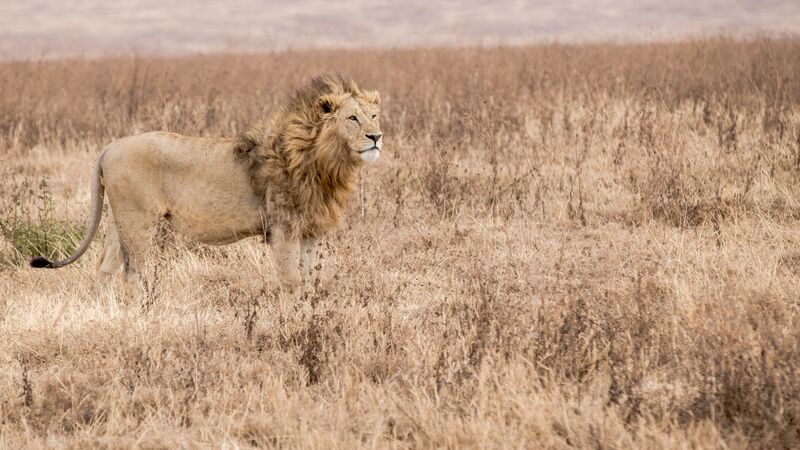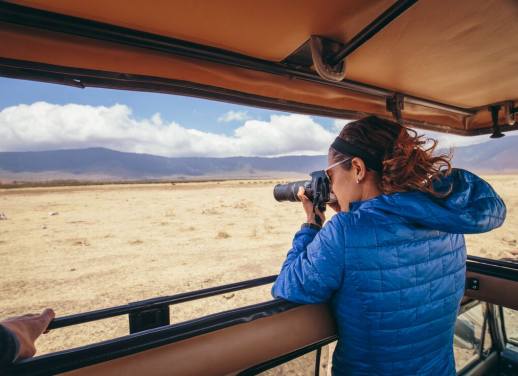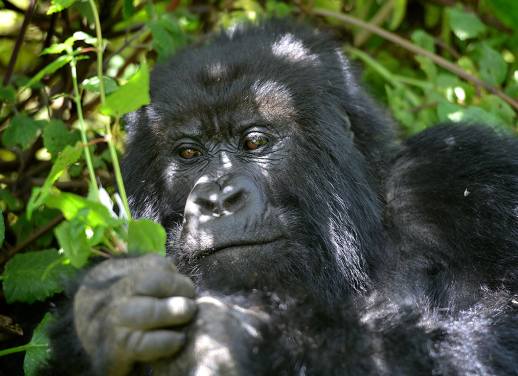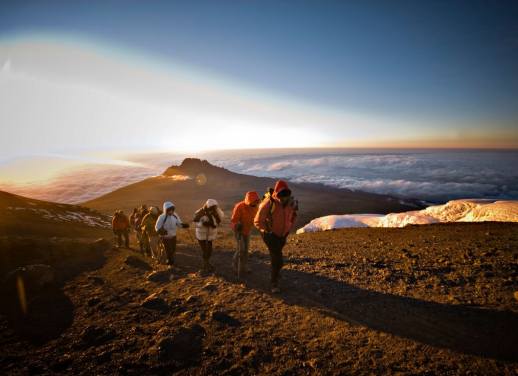When you think about it, it’s always a good time of year to travel to East Africa – it just depends on what you want to see, do and experience.
Travelling between March and May (the first rainy season of the year) means you’ll have to look a bit harder for wildlife; the bushland is dense, so it’s much easier for the animals to hide – but the landscapes will be a vibrant green. If you can handle a few showers each day (and the occasional drenching downpour), this is a beautiful time to visit.
April to September is when the Great Migration northwards happens, when tens of thousands of wildebeest crash their way across East Africa, from the Serengeti to the Masai Mara, in search of food and water (read more about the Great Migration here).
June to October is generally dry and cooler – and the busiest time of year – while the second wet season rolls through in late-October and lasts until December. By January, the rains have stopped and the area enters its first yearly dry spell.
So when’s our favourite time of year to visit? February. Here’s why.
1. It’s the driest time of the year
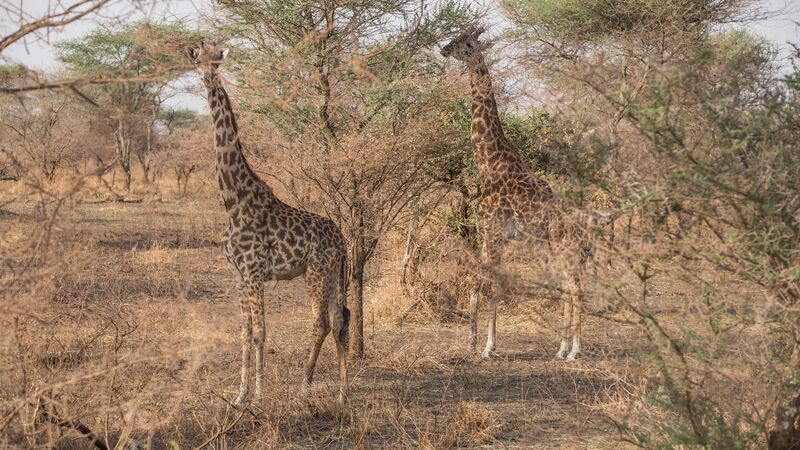
Photo by Damien Raggatt.
So it’s one of the best times of year for seeing wildlife. The undergrowth is sparser, making it more difficult for the animals to camouflage themselves, and they have further to travel for water. On a safari across the savanna, you’ll be rewarded with giraffes, elephants and gazelles on parade, while a jungle trek makes for an unforgettable mountain gorilla experience.
JOIN US ON A 16-DAY GORILLAS AND GAME PARKS EXPERIENCE – FULL DETAILS HERE
2. It’s shoulder season
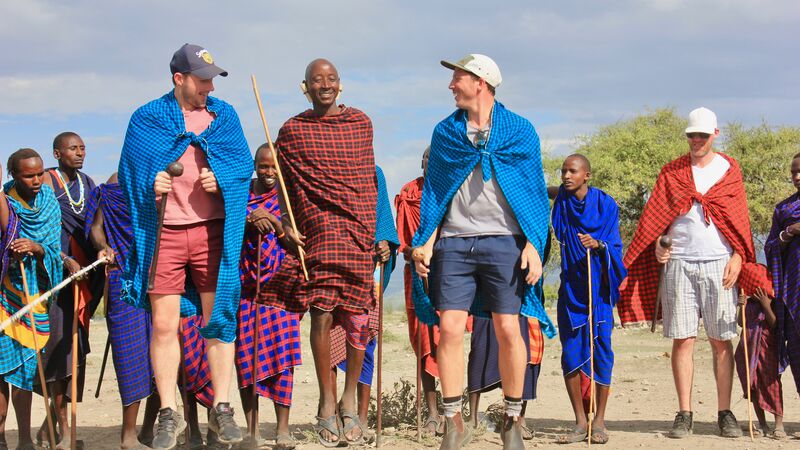
Photo by David Nagle.
Flights are cheaper, and you won’t be paying a premium for accommodation and activities (and school holidays are over in most parts of the world, so it’ll be less crowded too). It’s much nicer having front-row seats to animal escapades on the Serengeti or visiting an elephant sanctuary in Kenya or camping out with a clan of Maasai warriors without all the crowds.
3. It’s hot during the day…
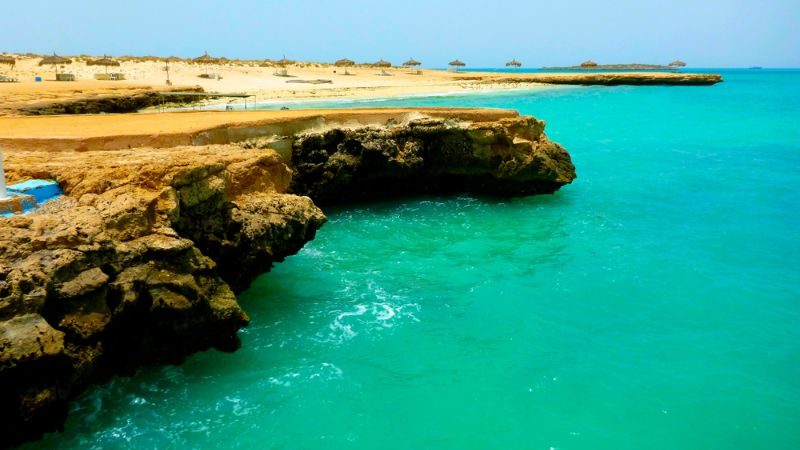
Photo by Afonso Martins, Shutterstock.
With temperatures around the 30 degree Celsius mark, the weather’s perfect for making the most of hotel and guesthouse swimming pools, not to mention the excellent beaches. Splash about in the shallows of the Indian Ocean in Zanzibar or cool off with a dip after a day of exploring in Djibouti. Oh, and if you live in the Northern Hemisphere, coming back to winter with a tan isn’t bad either.
EXPLORE OUR RANGE OF ZANZIBAR ADVENTURES HERE
4. … and balmy in the evenings
Many East African cities have an awesome outdoorsy nightlife; think rooftop bars, beer gardens and outdoor restaurants. Order a Tusker beer and some mandazi (a sweet and semi-spicy deep-fried ‘donut’) and settle in for an evening of travel stories with your fellow adventurers.
5. You can spot a different Great Migration
While April marks the start of the best time to see the ‘official’ Great Migration – when herds of wildebeest and zebras make their way across the Serengeti – February is when you’ll spot migrating whale sharks along the coast of Tanzania and Kenya (in Djibouti, you can even go snorkelling with them!).
SWIM WITH WHALE SHARKS ON OUR 11-DAY FOOTSTEPS OF THE AFAR ADVENTURE IN DJIBOUTI – DETAILS HERE
6. And it’s a great time for bird watching
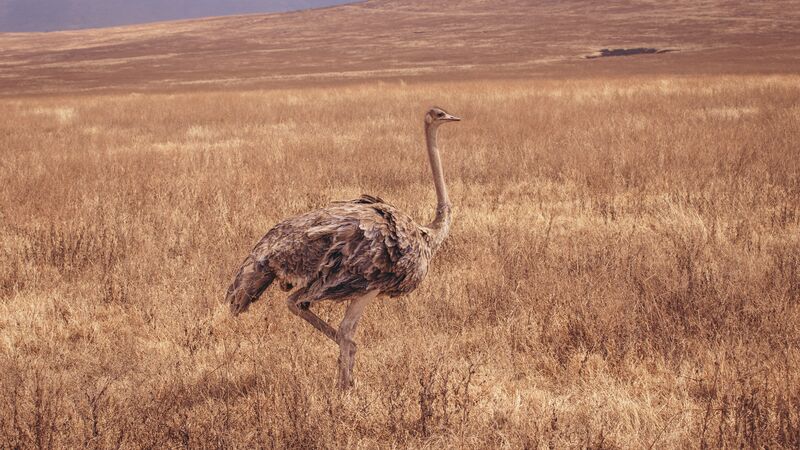
Photo by Damien Raggatt.
It’s ALWAYS a good time of year for bird watching in East Africa, but from September to April migratory birds from North Africa and Europe make their way south to nest, and take advantage of the warm (and dry) weather. Along with seeing spectacular local birds like lilac-breasted rollers, white-headed vultures, flamingos and ostriches, expect to see willow warblers, northern wheatears and barn swallows.
7. Calving season starts
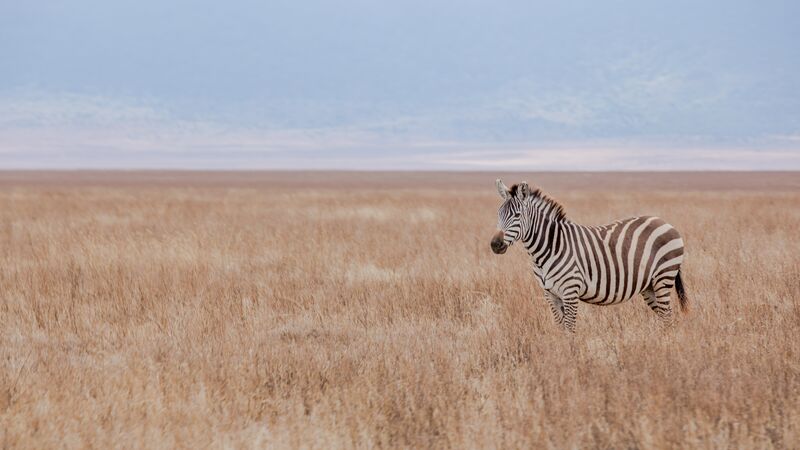
Photo by Damien Raggatt.
A visit to the Serengeti during calving season is a pretty incredible experience. In February each year, thousands of pregnant wildebeest give birth – it’s estimated around 8000 baby wildebeest are born each day throughout the month – as well as tens of thousands of zebras and gazelles. While you’ll get to see lots of cute babies, you’ll also witness the circle of life in action, as hungry predators – such as lions, cheetahs and hyenas – jump in for easy meals.
RELATED: EVERYTHING YOU NEED TO KNOW ABOUT EAST AFRICA’S WILDEBEEST MIGRATION
8. Into hiking? Climb Mt Kilimanjaro (minus the crowds)
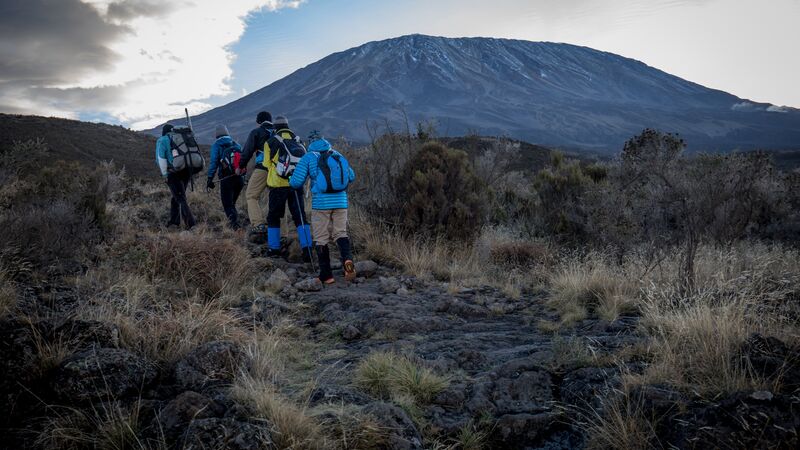
Photo by Lucy Piper.
At 5985 metres, Mt Kilimanjaro is the highest mountain in Africa, and it’s a popular trek for avid hikers. Making the climb in February means the slopes are dry, and it’s much less busy than the peak June to October season. It’s also cooler than during the summer months; you’re more likely to encounter snow the higher you get.
EXPLORE OUR FULL RANGE OF MT KILI TREKS HERE
Travel to East Africa is always a good idea. Explore our range of adventures to Tanzania, Kenya, Uganda, Rwanda and Djibouti now.
Feature photo by Damien Raggatt.

